September is a month of transition, as the weather begins to shift and we enter the final third of the year. If you’re looking for a boost to keep your energy high during this season, these vibrant new video recommendations might be just what you need!
As always, a quick reminder: I watched all of the videos and found them to be worthwhile, but everyone’s needs are different, so please preview any video fully before sharing it with students.
Length: 5 minutes
Ages: 6th–12th grade
As back-to-school excitement fades, it’s easy to feel a bit gloomy, but this video is here to help. It explores practical strategies to support happiness, and you could use it to celebrate the National Day of Encouragement on September 12th, Positive Thinking Day on September 13th, or Bluebird of Happiness Day on September 24th!
This video is also full of opportunities to work on speech therapy goals, including:
- Describing: Although most students probably have an innate sense of what happiness is, it’s a challenging topic to describe! Students could talk about what happiness looks like, sounds like, and feels like.
- Discussion: You could use wh-questions inspired by this video (e.g., “Who in your life makes you smile?” “What are some things that you love to do?”) both to review its content as well as to help students get to know each other.
- Personal narrative: Students could share the story of a time when they felt happy.
- Vocabulary: Along with happiness strategies, this video offers a solid set of SEL-focused vocabulary words, including “mindset,” “accept,” “confidence,” “responsible,” and “reality.”
- Extension: After watching the video, students could select one of the strategies it highlights, put it into practice for a few weeks, and then report back about what they noticed and learned.
Length: 6 minutes
Ages: 3rd–8th grade
Without a doubt, the best way to celebrate International Chocolate Day on September 13th is to eat some chocolate. But the second-best way might be to learn how chocolate is made, and this video from Mystery Science (one of my favorite channels!) explains the fascinating process in a student-friendly way.
Try pairing this sweet video with these speech therapy goal areas:
- Articulation: Multiple repetitions of the word “chocolate” make this video a gold mine for students working on /tʃ/!
- Fact vs. opinion: With lots of information about a familiar topic, this video is an effective tool for working on the difference between facts and opinions. You could provide statements (e.g., “There are many different kinds of chocolate candy” and “Dark chocolate is the best”) and ask students to determine if they involve facts or opinions. Or students could generate their own statements for each other after watching the video!
- Predicting: Early in the video, there’s an opportunity to pause and discuss the question “How do you think chocolate is made?” Students could make predictions and then compare their answers with the correct answer after watching the video.
- Sequencing: Making chocolate is a lengthy and complex process—and describing this process would be a fun challenge for students working on sequencing.
- Extension: If you have kitchen access, you could make chocolate treats with your students!
Length: 6 minutes
Ages: 1st—5th grade
Hispanic Heritage Month begins on September 15th, and this read-aloud of Laekan Zea Kemp’s vivid picture book is a beautiful way to celebrate, especially because it includes a mix of Spanish and English words. You could also use it to honor any September speech birthdays, or Grandparents Day on September 8th.
This colorful video is also rich with opportunities to practice speech and language skills! Here are some ideas to consider:
- Articulation: Students working on /f/, /g/, /k/, or /l/-blends will find plenty of target words in this book, including “abuela,” “flowers,” “crown,” “garden,” “pluck,” and “family.”
- Compare/contrast: Students could share about the birthday traditions in their own families, then compare and contrast them with the tradition in the book.
- Context clues: If your students aren’t familiar with Spanish, they could use context clues and make inferences to figure out the meanings of the Spanish words that are used in the story.
- Following directions: Students could create their own flower crowns using the templates from Laekan Zea Kemp’s website.
- Extension: There are so many options here! The book alludes to the “language of flowers,” and if students are curious about this concept, they could learn more with books like Flower Talk: How Plants Use Color to Communicate (featured in a previous podcast episode!). Or, they could draw Corina and her flower crown using guidance from illustrator Elisa Chavarri and her sweet children and pup.
Length: 3 minutes
Ages: 2nd–6th grade
On the 15th day of the 8th lunar month, the Mid-autumn Festival is celebrated annually in China and several other Asian countries. This year, it falls on September 17th! There are many traditions that accompany this festival, and most of them—including the one featured in this compelling video—honor the moon.
As students have fun learning about mooncakes, they can also work on their speech therapy goals, including:
- Adjectives: The straightforward adjectives used in this video (e.g., “chewy,” “small,” “large,” “round,” “sweet,” “salty”) are accessible examples for students and clients who are just beginning to learn about parts of speech or describing.
- Retell: In addition to information about mooncakes, this video includes one of the popular stories associated with the Mid-autumn Festival: Chang’e and Hou Yi. After hearing the story, students could identify its elements and practice their retell skills.
- Stuttering: Students who are working on strategies related to stuttering could practice them as they share about holidays, festivals, and traditions from their own cultures.
- Wh-questions: This video is structured around wh-questions (e.g., “What is a mooncake?” “When are mooncakes eaten?”), making it an ideal choice for students who are working on this skill. They could watch the video a few times, and then test themselves to see if they’re able to answer the featured questions on their own.
- Extension: There are lots of possibilities to pursue! Students who enjoyed the story of Chang’e and Hou Yi may want to learn more about the genre of fables, and perhaps even create their own. Students could also make a mooncake paper craft or Mid-autumn Festival paper lanterns.
Length: 3 minutes
Ages: Any!
It’s hard to imagine anything cuter than a sea otter, and the footage in this video shows them in all of their furry, funny, adorable glory. As a bonus, September 22–28 is Sea Otter Awareness Week!
While students are learning about this special species, they can also practice a variety of speech and language skills. Here are some suggestions to try:
- Articulation: “Sea” is an excellent target word for students who are starting to work on initial /s/, and it appears multiple times in this video.
- Cause and effect: As the title suggests, this video focuses on explaining the reasons why sea otters do what they do, so it’s an ideal way to introduce or practice cause and effect.
- Nonverbal communication: As students begin to understand the purpose of various sea otter behaviors, they could discuss some of the ways that humans also use nonverbal actions to communicate and accomplish their goals.
- Why questions: Like “What is a Mooncake?”, this video is structured around wh-questions—specifically, “why” questions. After watching the video, students could take turns asking and answering the questions that are included.
- Extension: Because sea otters are a keystone species, they play a significant role in the health of their environment. Students could research the conservation efforts aimed at restoring sea otter populations, or compare and contrast sea otters with other keystone species, including sharks and bees.
I hope you and your students have fun with these videos and therapy ideas!
If you love using videos in your speech sessions and want weekly recommendations and activity suggestions in your inbox, consider signing up for a Digital SLP membership! This is just one of the many bonuses you receive when you become a paid subscriber.
Click here to learn more.


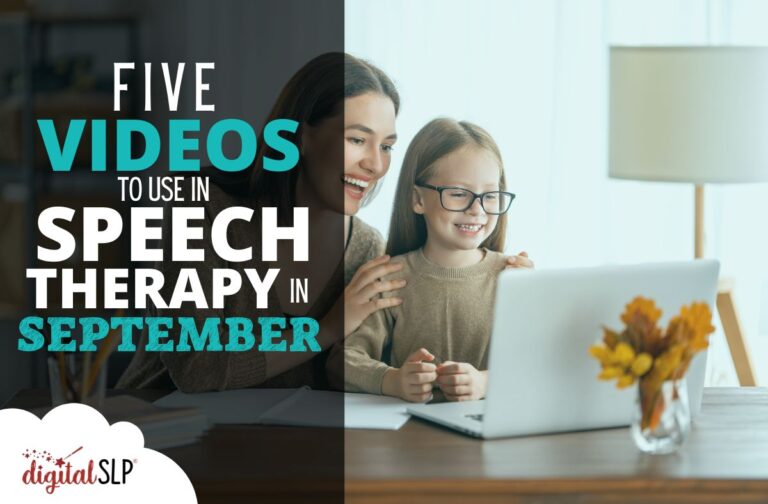



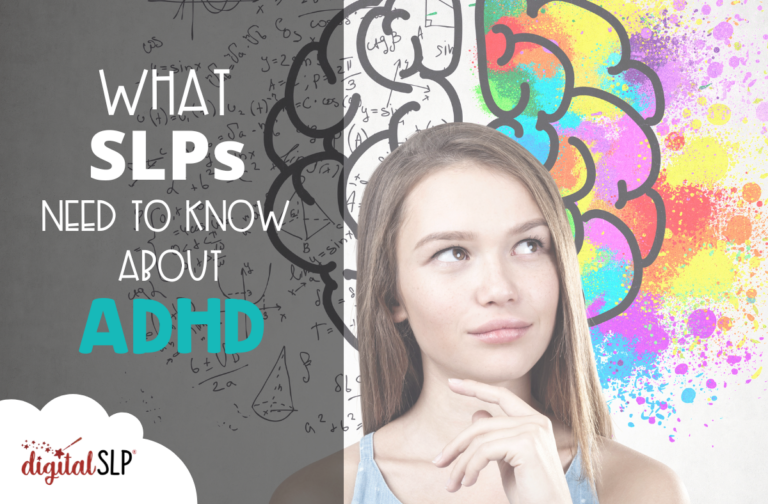
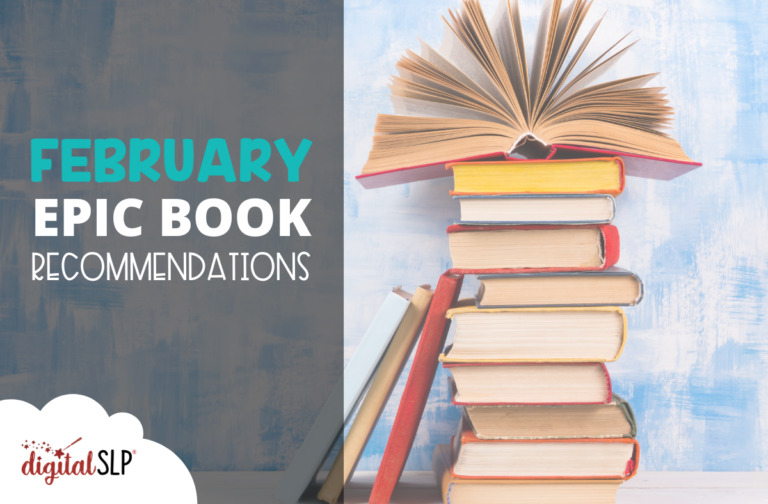
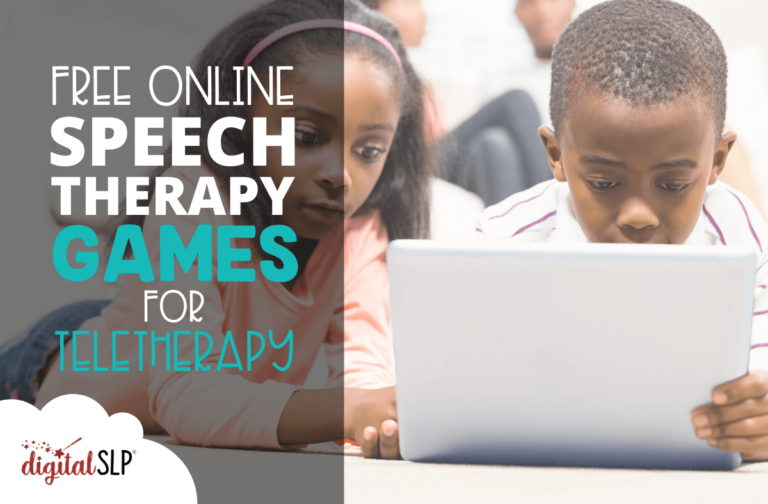
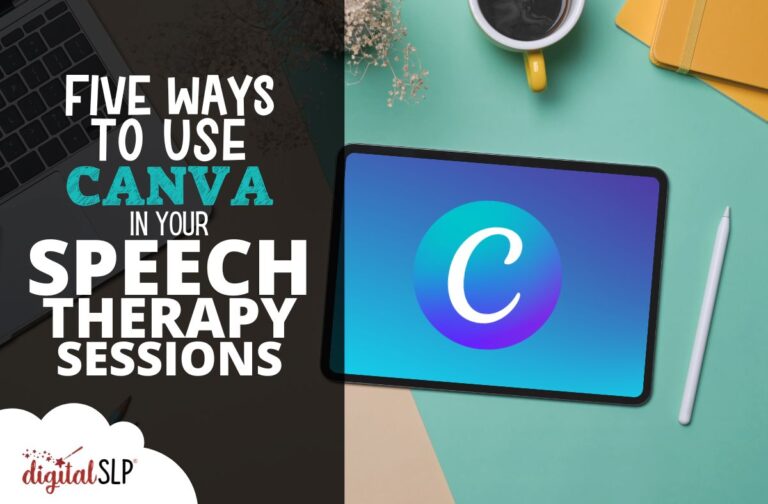
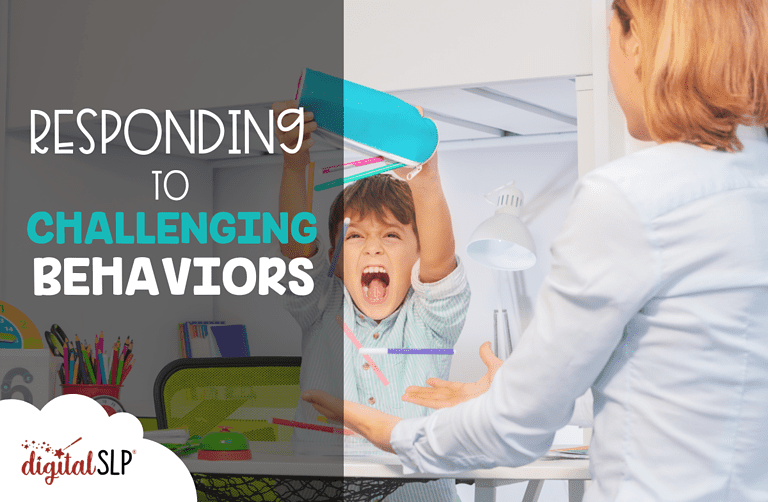
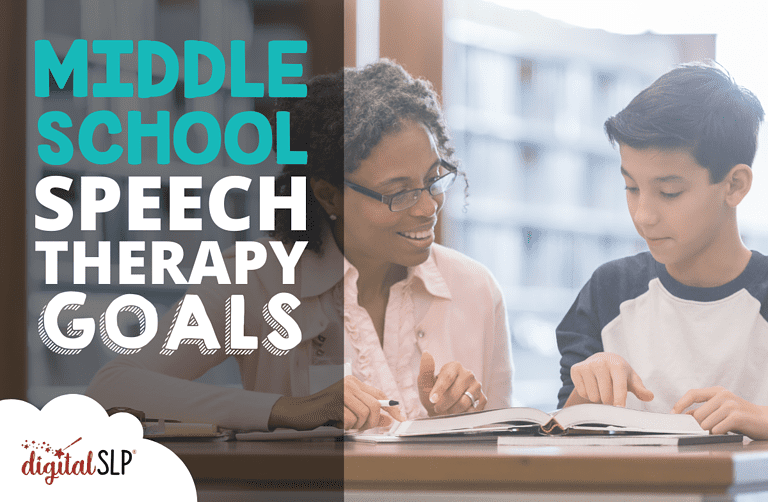

Recent Comments